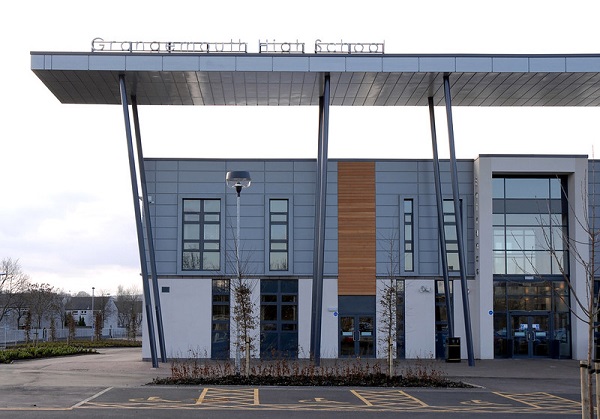
More pupils across the Falkirk Council area are leaving school to go on to positive destinations highlighted in a report at last week’s Education, Children and Young People Executive.
1554 young people left Falkirk Council secondary schools in 2020/21 – 141 at the end of S4, 413 in S5 and 1000 in S6. And figures show that 95% of school leavers entered a positive destination in line with comparator authorities and the national average. Overall, Falkirk ranks 19th in Scotland for positive leaver destinations (up from 23rd last year).
Compared to the previous year, 3% more school leavers went into higher education and a 7% increase in school leavers going straight into employment.
Raising attainment in literacy, numeracy and attainment is a priority across and is also improving across the board. Since the introduction of Curriculum for Excellence began in 2014. In 2020/21:
- 98% of young people left school with level 4 Literacy or above, well above the national average of 95% and is the highest score so far for Falkirk’s schools
- 97% of young people left school with level 4 Numeracy or above, well above the national average of 92%.
- Falkirk ranks 11th in Scotland for school leavers with 3 or more Level 6 course awards and 10th in Scotland for school leavers with 5 or more Level 6 course awards
- 39% of Falkirk school leavers gained at least one Level 5 vocational qualification (up from 37% last year). This was the 3rd highest in Scotland when compared with other local authorities.
Robert Naylor, Director of Children’s Services said: “It’s down to the hard work and commitment of pupils and staff that we see this very positive trend for our young people when they leave school with steady increases in levels of attainment.
“This has all been achieved against a backdrop of the pandemic and shows that our attainment levels remain strong and are improving with more young people going onto positive destinations in further education, employment and training.”
Improvements in performance is due to a number of factors including developments in tracking and monitoring of pupil progress, changes in curriculum structures allowing pupils to progress on different pathways, targeted interventions and greater partnership working.